.jpg)
.jpg)
Is This a New, Data-Led Era for Cardiology?
Cardiovascular disease is one of healthcare’s biggest challenges. It’s accountable for an estimated 17 million deaths each year, which is one third of the world’s fatalities.
Diagnosis of heart failure must be rapid and accurate. However, that can be a challenge for doctors without the right information and data. To help save more people from cardiovascular diseases, patient monitoring has become a crucial part of the cardiac space. Patient monitoring devices provide doctors with crucial, potentially lifesaving data and now account for over 60% of the cardiac device market.
Saving Lives with Data-Led Decisions
These devices are particularly vital when detecting potential cardiac events associated with heart failure.
Back in a world without monitoring, when these events happened without a cardiologist present, they’d be difficult to diagnose. The physician would be reliant on the patient’s explanation of the episode. This lack of quality information would lead to a slower diagnosis and less effective treatment. It could often mean that care came too little, too late for patients.
However, with today’s monitoring technology doctors can make faster and more accurate diagnoses thanks the real-time data they’re provided with. This information can be the difference between life and death for many patients.
The technological advancements in remote monitoring have also made new patient pathways possible. Patients can now be monitored continuously and extensively at home, reducing hospitalisation and saving healthcare expenditure. And as you know, this freeing-up of hospital resources has never been more important because of the difficulties caused be the COVID-19 pandemic.
The data produced through continuous monitoring is not just beneficial for the insight it provides on a single patient. It also can be used to develop cloud-based analytics to further improve diagnosis and treatment throughout the space. In the UK, the Secretary of State for Health, Matthew Hancock, has established the National AI Lab to unlock the potential of this data.
These types of initiatives are helping the cardiac space make the most of its data, improving prognosis and thinking about how it is applied to other medical applications.
Today's Innovative Devices
Data will play an important role in the future of healthcare and the cardiac space. That's partly why the market for the remote monitoring devices (that collect and monitor this data) is highly lucrative. In 2020, it was valued at $22.1 billion - which is expected to rise to $26.8 billion in the next five years.
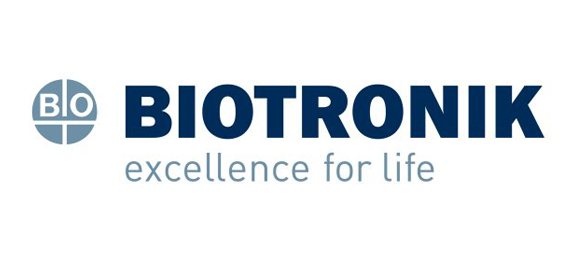
Biotronik is well-established in this market and has pioneered telecardiology with its home monitoring system since the early 2000s.
In December 2020, the company added to its home monitoring offering with its Vital Data Sensor following FDA clearance. This sensor is integrated with the Biomonitor IIIm injectable cardiac monitor (ICM) to collect data on body temperature and cardiac arrhythmia. This data is accessible to physicians in daily reports to help them monitor patient health and their treatment remotely.
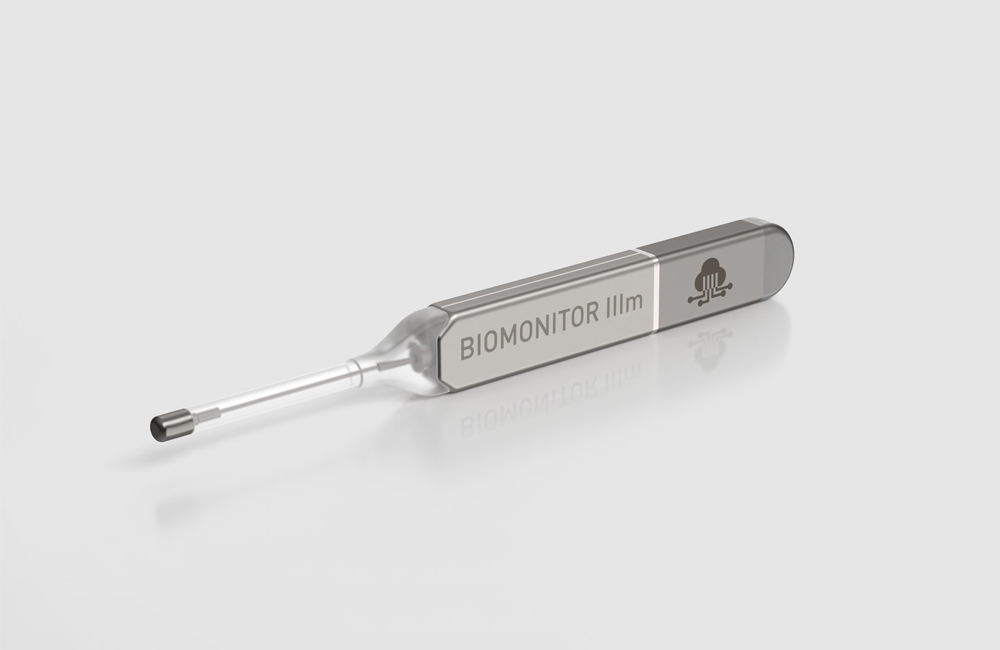
The Biomonitor IIIm injectable cardiac monitor
Biomonitor IIIm is the industry leader in battery longevity with five and a half years of continuous monitoring, providing long-term monitoring of chronic cardiac conditions. Its unique design facilitates a one-step injection procedure, delivers class-leading detection performance and signal fidelity comparable to gold-standard 12-lead ECG recordings.
This digital health innovation will help provide earlier detection in heart conditions and streamline remote patient management, so that hospitals can direct resources to their more vulnerable patients.
Within the remote monitoring market, wearables have also seen a significant uptake in adoption. The market continues to expand with technology goliaths Apple just one of the many major innovators that are active within it. If you’re interested in this, my colleague Cameron Ramsden has written about Apple’s influence on the medical market in a previous article.
One of the most exciting devices getting ready to hit the wearables market is the CardiacSense watch, which can continuously detect Atrial Fibrillation and monitor heart rate in medical accuracy. This watch is as accurate as any ECG based device.
CardiacSense isn’t stopping there. The company plan for the watch to detect additional heart arrhythmia such as Tachycardia, Bradycardia, PVCs. PACs, Long QTs, Pause, and Cardiac Arrest. In the future, it will also be able to monitor vital signs such as continuous Respiratory Rate, Oxygen Saturation, Core Temperature and Absolute blood pressure.

The CardiacSense watch
This device will be prescribed by physicians to patients for 24/7, long term monitoring. All the raw data collected by the watch will be accessible to the physician via a cloud application and they will be notified in real-time if the watch detects a problem with the patient.
Harnessing the Power of Artificial Intelligence
Wearables and remote monitoring devices collect vast amounts of data. While this has provided an important advance in cardiovascular treatment and practice, to truly utilise this data artificial intelligence (AI), deep learning and machine learning must be employed.
AI, machine learning and deep learning, give us is the ability to track, store, process and interpret huge quantities of data. This helps provide actionable insights to improve the speed and accuracy of diagnosis.
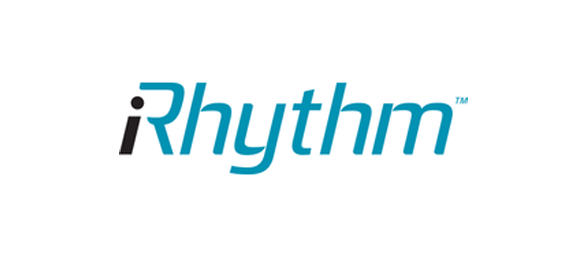
This is an area which San Francisco-based, digital healthcare specialist, iRhythm Technologies, is working hard to improve. Its ambulatory cardiac monitor, Zio XT, uses deep learning algorithms to provide a clear, comprehensive and clinically actionable view of a patient’s cardiac activity.
The Zio XT is a comfortable, easy-to-use heart monitor which empowers patients to maintain a clean, uninterrupted signal with minimal effort or disruption to their lifestyle.
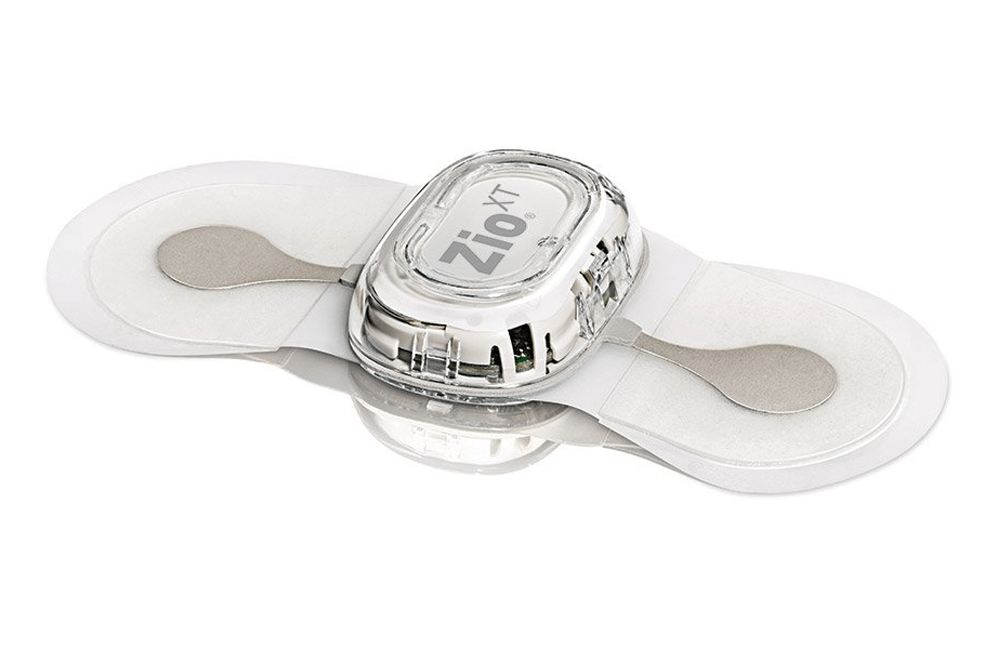
The Zio XT
Its deep learning algorithm detects and classifies 10 arrhythmias with expert-level accuracy. This eliminates the hassle of repeated, inconclusive tests.
The company’s deep learning algorithm works within a cloud-based analytics software which expedites comprehension of large ECG data sets. It leverages the world’s largest repository of curated ambulatory ECG patient data, collected from over two million patients, so physicians can focus on patient care while the technology accurately accelerates the diagnostic journey.
In December, iRhythm Technologies’ Zio technology received recommendation for adoption from National Institute for Health and Care Excellence (NICE).
Cardiology is evolving. Wearables, remote monitoring, data, AI, deep learning and machine learning is helping the space move away from its reactive past, to more preventative treatments. While we’re not quite there yet, the future looks bright and I’m excited to see what innovations emerge in 2021 from the many pioneering companies in the market.
If you'd like to discuss any of these technologies with me more or talk about the recruitment service that CM Medical offer, then please email me at Jamie.Sheard@medical-cm.com.
Recommended.
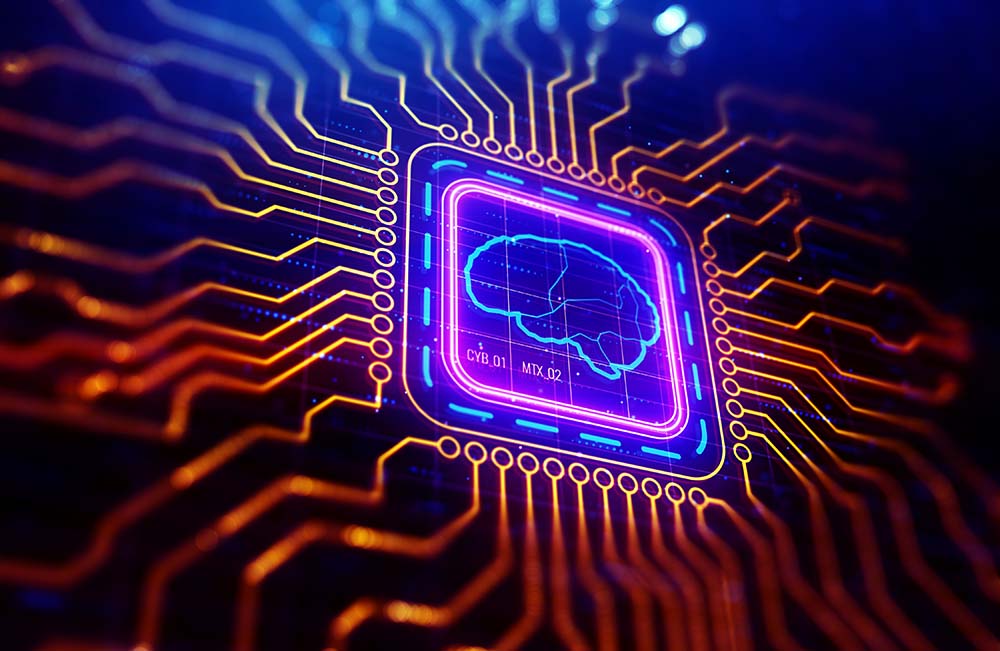
What Does Consumer Neurotech Innovation Mean for the Medical Device Industry?
Integrating systems into the human brain to control our everyday devices may seem very ‘Black Mirror’, but thanks to modern neurotechnology it's quickly becoming reality. Click to find out more.
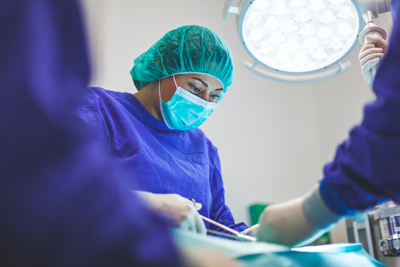
How to Master Reimbursement in Medical Devices & Biotech.
In this live webinar, hosted by CM Medical, we went in search of expert reimbursement advice - speaking to Deborah Rizzi and Steven Haken of Odelle Technology.
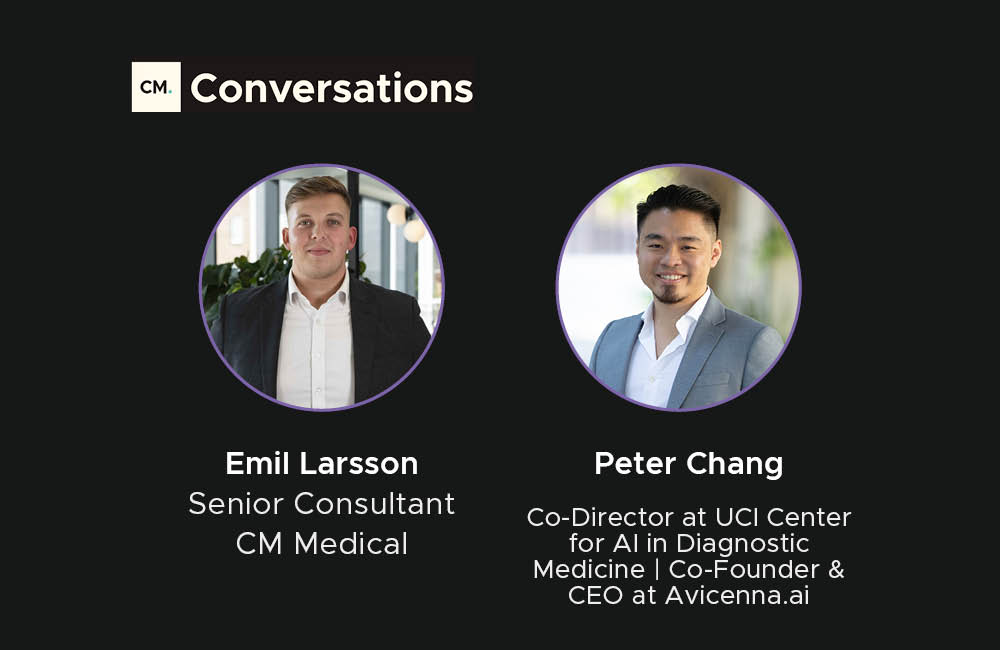
How to Stand Out in a Saturated AI & Medical Imaging Market.
We asked an expert at an innovative medical imaging start-up about how they had overcome this challenge. Click now and listen to what they said.
.png)
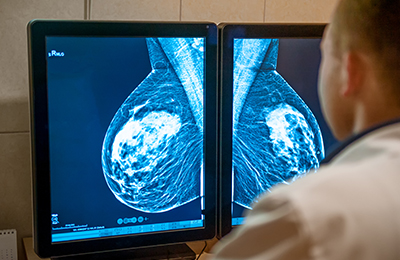
Comments.